The content of the article
A limited diet of diabetics is largely dependent on the glycemic index of products, eliminates a lot of delicious and healthy desserts. Do the fragrant peach fruits belong to them? How much sugar is contained in aromatic fruits, whether any peaches can be eaten, and how and how many peaches to eat so as not to harm the body and even improve your health with diabetes - read on.
What are peaches for diabetes
Peach is saturated with a rather multifaceted complex of minerals, vitamins and fruit acids, which contribute to maintaining the body in good shape. Therefore, this fruit has long been recognized as dietary and is introduced into the diet to strengthen the body and normalize digestion, even in severe diseases. The composition of the fruits includes potassium and calcium, magnesium, iron, copper, phosphorus and other trace elements, as well as vitamins A, E, C, PP, K and components of group B, citric, tartaric and malic acid.
All these substances have a positive effect on the body, and will be useful for diabetics in this way:
- Heart and vascular health. Type 2 diabetes is often accompanied by complications of the cardiovascular system. Peaches will help strengthen the heart muscle and blood vessel walls, remove harmful cholesterol deposits and maintain normal blood pressure. Eating peaches can help reduce the risk of heart attack, stroke, and atherosclerosis.
- Improving the metabolism. A very important indicator for diabetics is the metabolic rate. With a good metabolism, the proper absorption of fats, proteins and sugar occurs, excess fat is absorbed, and better absorption of nutrients occurs. Phenolic compounds in peach help speed up metabolism and improve well-being in diabetes.
- Normal digestion. Delicate peach fiber helps naturally cleanse the intestines, has a mild laxative effect, helping to cope with constipation. Therefore, peaches can be consumed even by children with diabetes. Peaches have a low acidity, so they do not irritate the gastrointestinal mucosa, but on the contrary - they improve intestinal motility, normalize appetite and relieve heartburn.
- Benefits for the joints. When overweight, soft tissue often suffers due to strong stresses on the joints. Peaches help remove excess salts from the body, which helps restore cartilage health, relieve symptoms of gout and diseases associated with kidney failure.
- Skin health. Some complications of diabetes cause decreased vision and skin sensitivity. Carotene, found in peaches and nectarines, as well as in apricots, as well as vitamin E and other components contribute to increasing the elasticity of the skin, improving vision, maintaining water balance of the skin, eliminating traces of fatigue and painful appearance, removing age spots and removing irritations.
- Strengthening immunity. Vitamins B and C contained in peaches, as well as a complex of microelements, make it possible to increase the body's resistance, easier to overcome colds, viral and other diseases, improve overall well-being and increase working capacity.
In addition, peaches strengthen the nervous system, help maintain immunity, stimulate sexual function and maintain muscle tone.
Peaches are useful for men, women and even the children's body. At the same time, they do not harm the health of diabetes, so they can be introduced into food, especially in the summer season, when orchards give a generous harvest of fresh fruits.
Contraindications
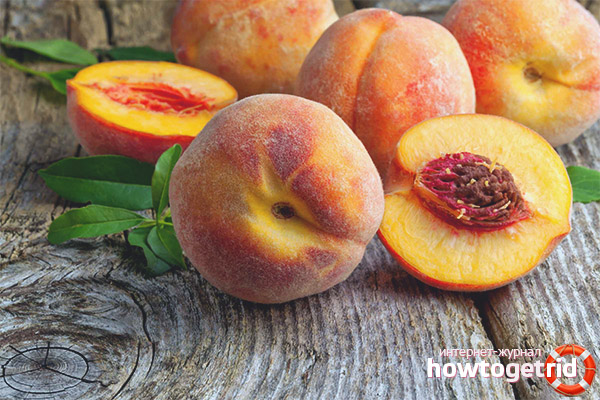
The main caveat is the amount of food eaten. Do not eat more than 2-3 small fruits at one meal, so as not to provoke a jump in sugar levels and not cause indigestion.
Also, diabetics need to abandon the use of peaches, canned with sugar or prepared with the addition of a large amount of sweets.
Caution should be taken in treating such products for people with urolithiasis and severe gastrointestinal diseases - before introducing the fruit into the diet, you should always consult a doctor.
In addition, like other fruits, sometimes peaches cause allergies, so you need to monitor the body's response to juicy fruits.
How many peaches can I eat
The glycemic index of the product varies from 35 to 45 units, this is a rather low indicator. Peach contains only 40 kcal per 100 grams, while quickly satisfying hunger and is used on healthy diets to reduce weight.
In acute forms of diabetes and high sensitivity to jumps in sugar levels, the patient should consult a doctor. With mild forms of diabetes, peaches are considered a safe product with moderate use.
1 large peach (150-200 grams of pulp) per day is enough for the body to saturate with all the necessary substances. It is better to eat peaches not every day, but periodically, alternating them with other safe sweets and fruits.
Such a fruit can easily replace more high-calorie desserts and satisfy the body’s need for “delicious” without harm to the general condition. Sweet and sour peaches will perfectly save in the heat, replacing other high-calorie foods in the diet. Diabetics are recommended to combine peaches with unsweetened foods in the diet - then the fruit will bring only benefits and a healing effect.
Useful Tips
In order not to give up your favorite treats and to maintain optimal rates for diabetes, adhere to the following recommendations:
- Peaches for diabetes are best eaten fresh, while choosing sweet and sour varieties. They will contain less sugar and the product will be well digested by the body.
- The origin of peach also plays a large role. The most useful, of course, are home-grown fruits grown without pesticides and not undergoing special treatments to increase shelf life.
- Fruits are best consumed at the beginning of the day: this way the product is better absorbed, and the carbohydrates obtained from it are spent on the energy costs of the body.
- Slices of peaches, dried in the oven without adding sugar, will help smooth the level of blood sugar in people with the initial stages of diabetes. This fruit can be eaten in small quantities, for example, to eliminate hunger.
- Peach retains its beneficial properties in frozen form. Therefore, before processing out of habit fruits for jam, weigh the pros and cons. Freezing will allow you to enjoy unprocessed fruits even in winter, while the fruit does not have to add extra sweetness.
- To make compote or peach jam, sugar syrup is replaced with fructose. In addition, peach flavored drinks are good because they do not require strong sweeteners - juice or compote can be tasty without adding sweetness. Peach compote is best done with whole halves of fruit. In this way, healthy dietary fiber of peaches will be preserved, and you will immediately receive two delicious dishes: a fragrant drink and a soft dessert of soaked fruits.
- For complementary or more adult children with diabetes, you can use peach puree without the addition of sweeteners. The dose should be consulted with a pediatrician.
- To balance the glycemic index of peaches, knock them with pure non-fat yogurt, add to grapefruit salads and do not combine with sweet fruits such as banana, figs, grapes, persimmons.
For lovers of the delicate smell of peaches, there is good news: adding peach in tea will enrich the drink with a subtle characteristic aroma and vitamins, while not adding extra calories.
Nectarines are very similar in composition to peaches. Usually these fruits are juicier, sweeter and contain a little more protein. Such fruit will make excellent juices and compotes, while excellent mashed potatoes, sliced slices and honeyed “live” jams will come out of dense peaches.
Do not choose greenish peaches for food in the hope that they contain less sugar - such fruits can cause indigestion. Pay attention to white varieties of fruit.
Video: Is it possible to eat peaches for people with diabetes?

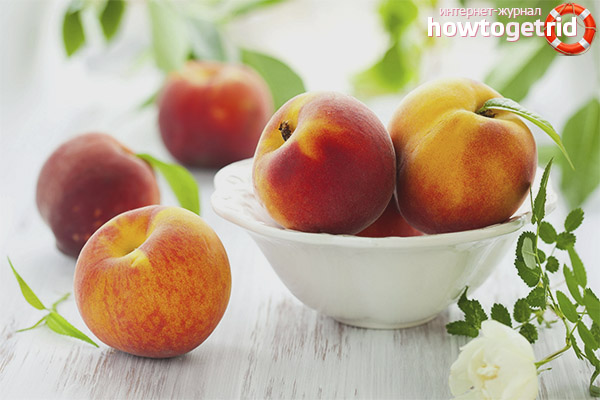
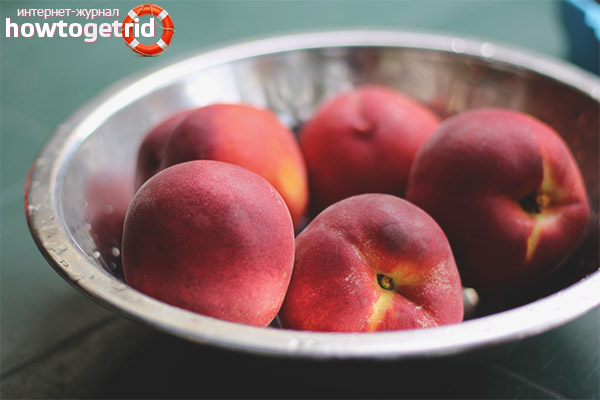



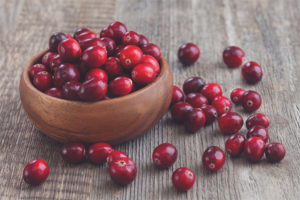
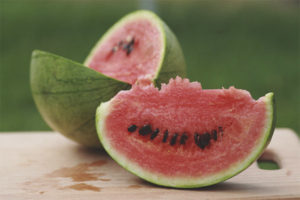


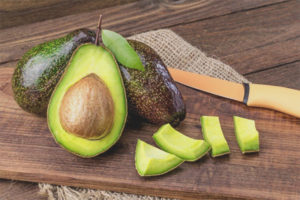
Submit